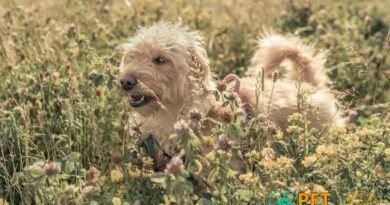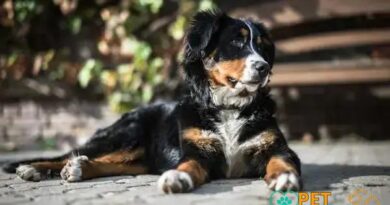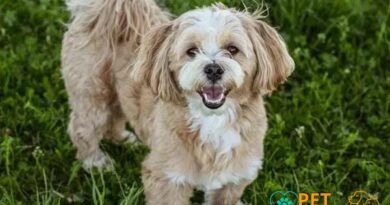What is Womb
What is Womb?
The term “womb” refers to the organ in female mammals where offspring are conceived and in which they develop before birth. In the context of dogs, the womb is crucial for the gestation process, allowing the developing puppies to receive nutrients and oxygen through the placenta. Understanding the anatomy and function of the womb can help dog owners appreciate the complexities of canine reproduction.
Structure of the Womb in Dogs
The canine womb, or uterus, is a muscular organ that is divided into two horns, which allows for the accommodation of multiple puppies during pregnancy. Each horn connects to an ovary via a fallopian tube, where fertilization occurs. The lining of the womb, known as the endometrium, thickens during the heat cycle in preparation for potential pregnancy, playing a vital role in nurturing the developing embryos.
Function of the Womb During Pregnancy
During pregnancy, the womb provides a safe and nurturing environment for the developing puppies. It expands to accommodate growth and changes shape as the pregnancy progresses. The womb’s primary functions include protecting the puppies, providing essential nutrients, and facilitating waste removal. The health of the womb is critical for a successful pregnancy and the well-being of both the mother and her puppies.
Signs of Pregnancy in Dogs
Recognizing the signs of pregnancy in dogs is essential for responsible pet ownership. Common indicators include changes in appetite, increased affection, and behavioral shifts. A dog may also exhibit physical changes, such as weight gain and enlarged nipples. A veterinarian can confirm pregnancy through ultrasound or blood tests, providing peace of mind for dog owners.
Gestation Period in Dogs
The average gestation period for dogs is approximately 63 days, although it can vary between 58 to 68 days depending on the breed and individual circumstances. During this time, the puppies undergo significant development, and the mother requires proper nutrition and care to support her health and the health of her unborn puppies. Regular veterinary check-ups are recommended throughout the gestation period.
Care for Pregnant Dogs
Providing appropriate care for a pregnant dog is crucial for the health of both the mother and her puppies. This includes a balanced diet rich in essential nutrients, regular exercise, and a stress-free environment. Dog owners should also monitor their pets for any signs of complications, such as excessive vomiting or lethargy, and consult a veterinarian if any concerns arise.
Womb Health and Complications
Womb health is vital for successful reproduction in dogs. Complications such as pyometra, a serious infection of the uterus, can pose significant risks to the mother and her puppies. Regular veterinary examinations can help detect issues early, ensuring that any necessary treatments are administered promptly. Understanding the signs of womb-related complications can save lives and improve outcomes for both mother and puppies.
Postpartum Care for Dogs
After giving birth, a mother dog requires special care to ensure her recovery and the health of her puppies. This includes monitoring her for signs of distress, providing a quiet and comfortable space, and ensuring she has access to food and water. The mother will also need assistance with nursing her puppies, and owners should be prepared to intervene if any puppies are not nursing adequately.
Importance of Spaying and Neutering
Spaying (removing the womb) and neutering are essential practices for responsible pet ownership. These procedures not only prevent unwanted litters but also reduce the risk of certain health issues, including cancers related to the reproductive system. Educating dog owners about the benefits of spaying and neutering can lead to healthier pets and a reduction in the number of homeless animals.



